Talk Overview
This lecture describes how fluorescence recovery after photobleaching (FRAP), fluorescence loss in photobleaching (FLIP) and photoactivation of fluorophores can provide information on the dynamics of molecules in cells. Uses of these techniques include studying the movement of proteins through membrane compartments, the diffusional behavior of molecules in the cytosol and membranes, the dynamics of cytoskeletal polymers, and protein turnover.
Questions
- Which technique would be most suited for quantitating protein turnover?
- Two photon fluorescence microscopy
- Photoactivation
- Fluorescence Recovery After Photobleaching (FRAP)
- Fluorescence Loss In Photobleaching (FLIP)
- Which technique might be well suited for looking at exchange of a GFP-tagged protein between two compartments of a cell?
- Two photon fluorescence microscopy
- Photoactivation
- Fluorescence Recovery After Photobleaching (FRAP)
- Fluorescence Loss In Photobleaching (FLIP)
- Which does not represent an existing class of photoactivatable fluorescent protein?
- Exposure with infra-red light converts from red to green fluorescence
- Reversible on-off fluorescence with cycles of light
- Exposure with blue light converts from green to red fluorescence
- Exposure to blue light shifts the absorption spectrum
- Measuring the half-time of the recovery of fluorescence from a photobleached GFP-tagged protein provides information on which behavior?
- In a FRAP experiment, fluorescence may not fully recover if (most likely explanation):
- The turnover of the protein is high
- Active transport mechanisms are occurring as well as diffusion
- A fraction of the bleached molecules are immobile and non-exchangeable
- A fraction of the fluorescence has photoconverted to another wavelength
Answers
View AnswersSpeaker Bio
Jennifer Lippincott-Schwartz

Dr. Lippincott-Schwartz is Chief of the Section on Organelle Biology in the Cell Biology and Metabolism branch of the National Institutes of Health. Using a variety of fluorescent imaging techniques in live cells, Dr. Lippincott-Schwartz and her lab study dynamic protein interactions within cells, in real time and space. Her studies span a range of… Continue Reading
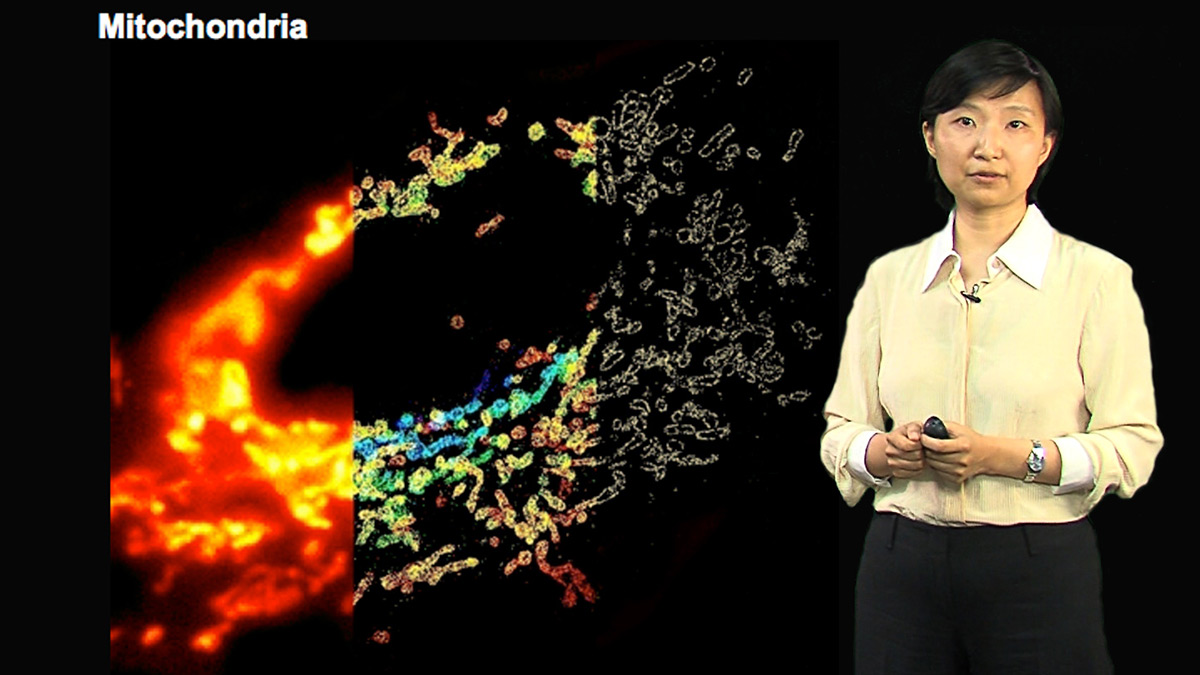
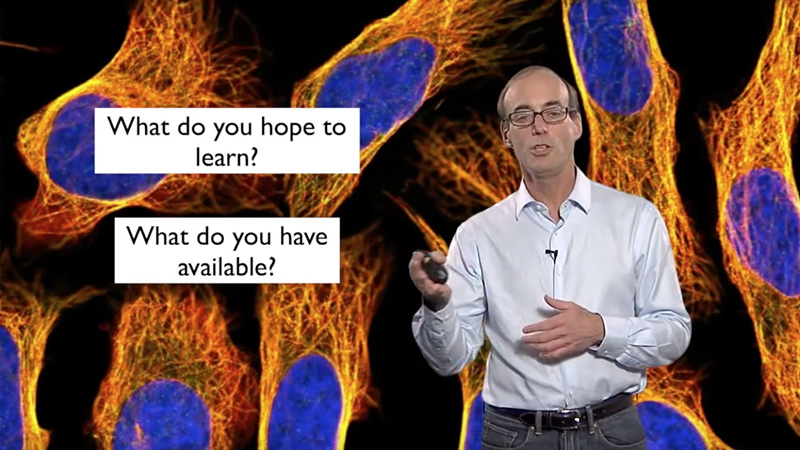
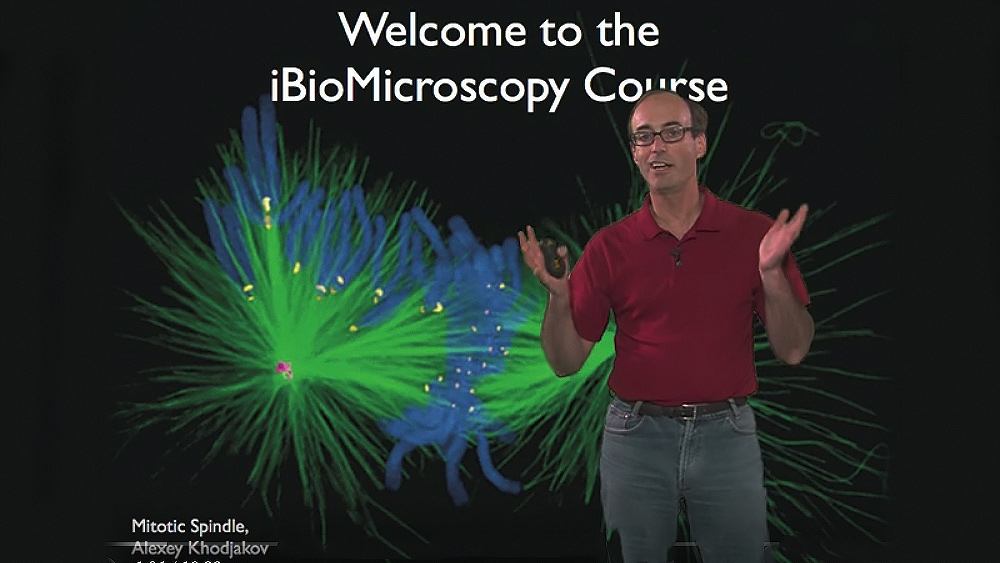
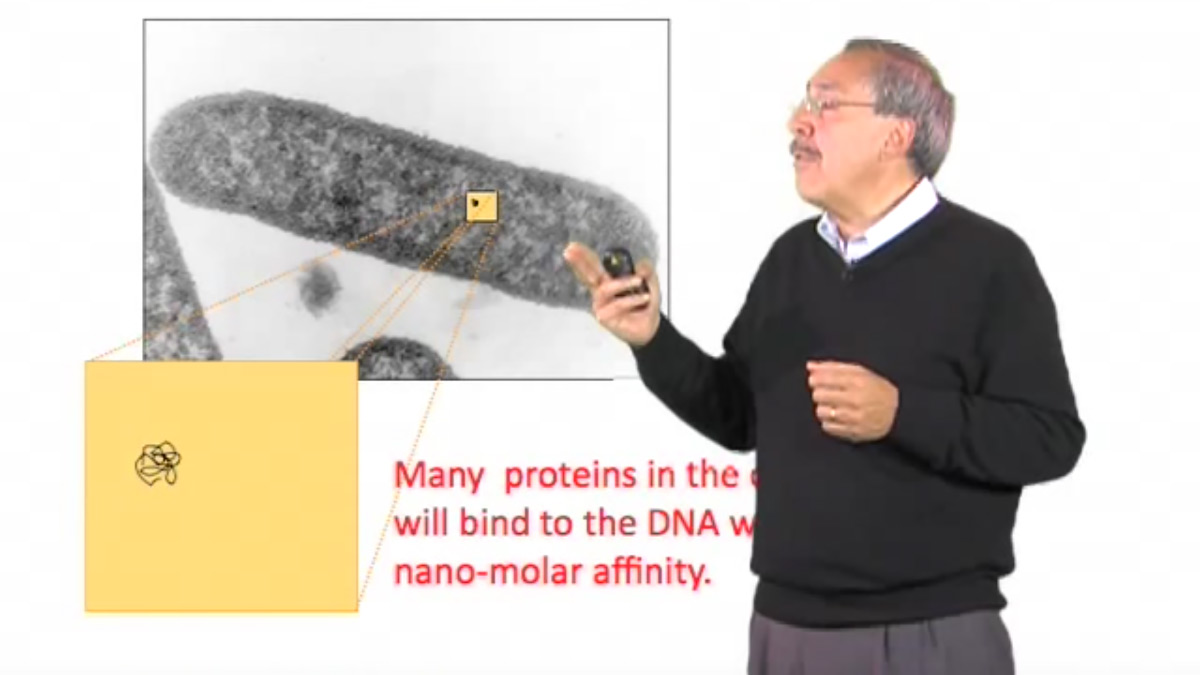
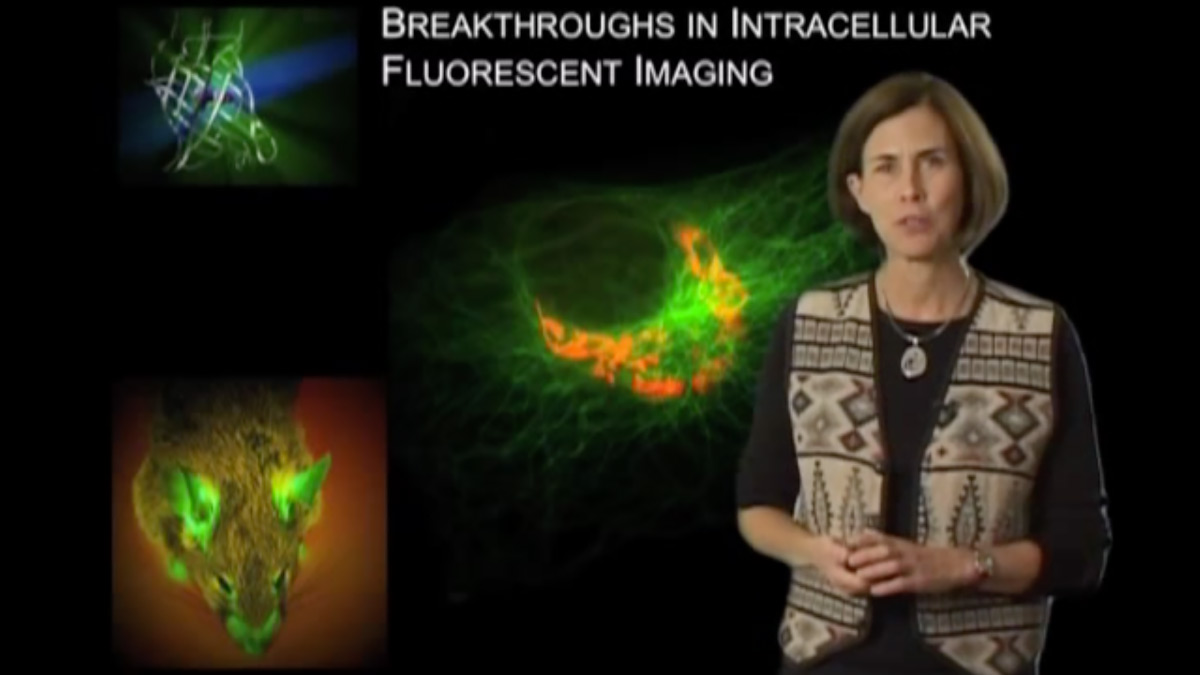
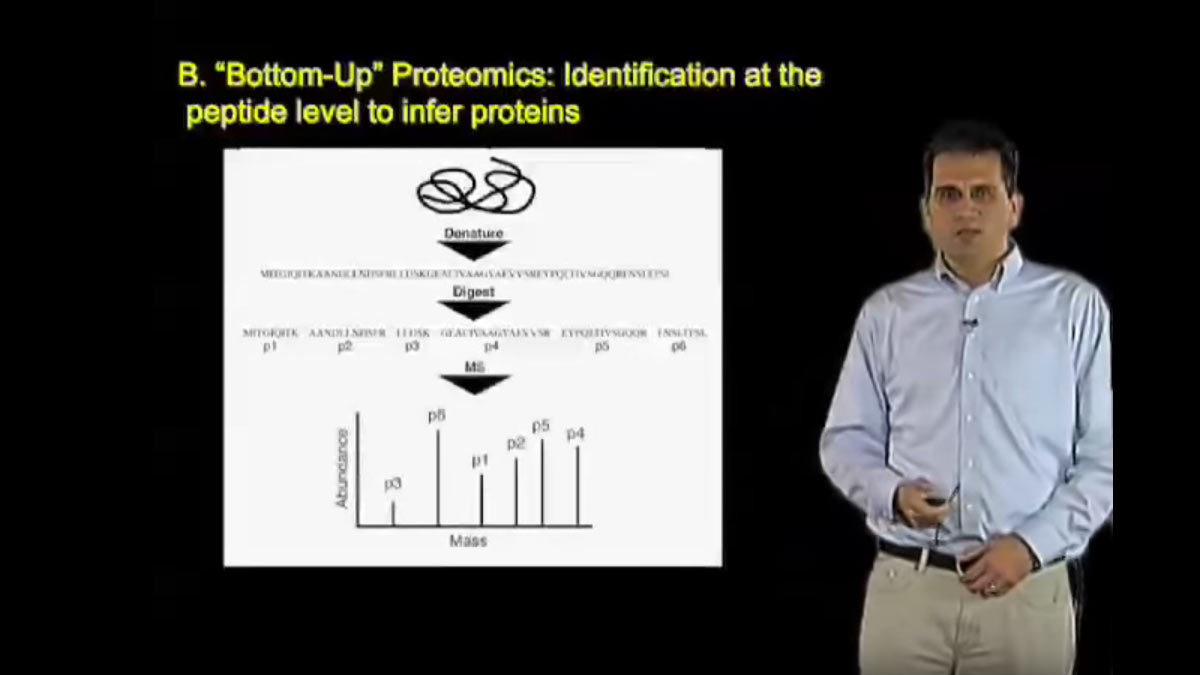





Leave a Reply